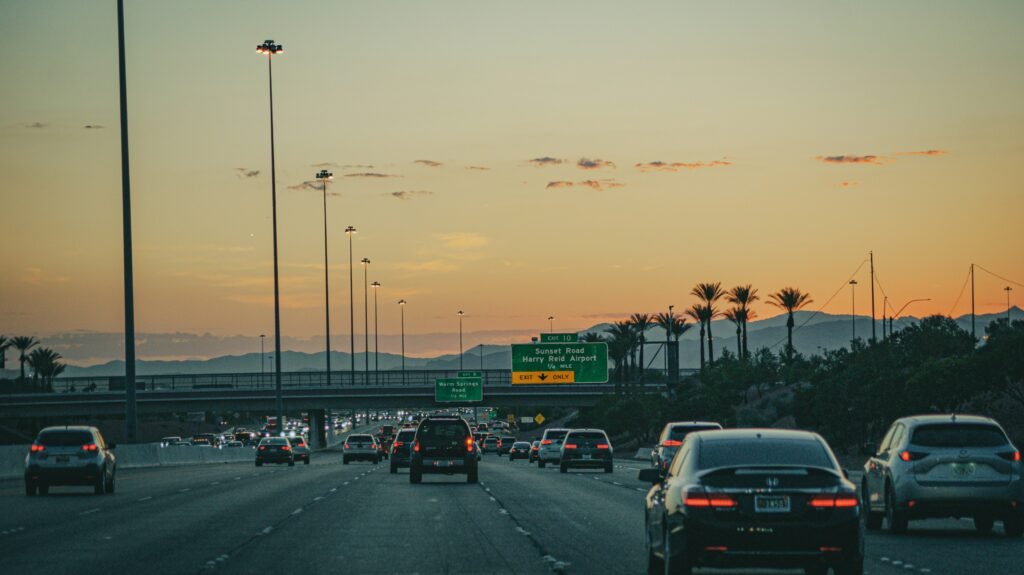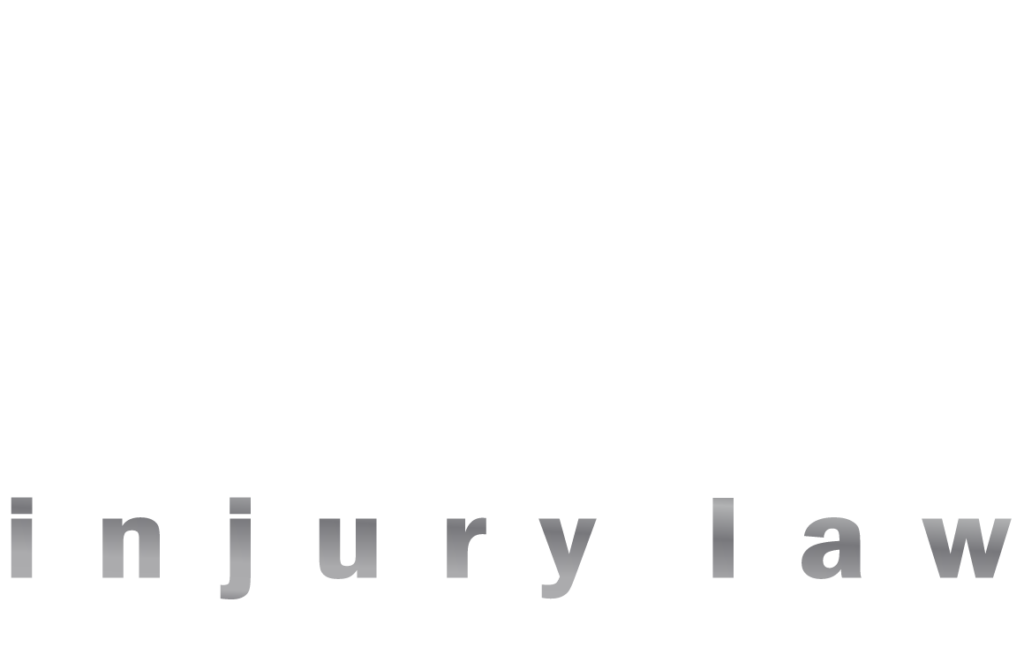Car accidents are stressful enough on their own. When the at-fault driver has no insurance, or not enough to cover the damage, the situation can quickly become overwhelming. Unfortunately, this is a reality for many Nevada drivers. According to the Insurance Information Institute, more than one in ten drivers in the state are uninsured, and many others carry only the minimum liability coverage. In other words, the odds of facing an uninsured or underinsured motorist are higher than you might think.
The good news is that there’s a way to protect yourself: uninsured motorist (UM) and underinsured motorist (UIM) coverage. These optional policy add-ons can mean the difference between financial hardship and financial security after a crash.
If you ever find yourself in an accident caused by an uninsured or underinsured driver, the team at Hale Injury Law is here to help. In this blog, we’ll cover everything you need to know about UM and UIM coverage in Nevada; how it works, why it matters, and what steps to take after an accident.

What Is Uninsured and Underinsured Motorist Coverage?
- Uninsured Motorist Coverage (UM): Steps in when you’re hit by a driver who has no auto insurance at all, or in many cases, a hit-and-run driver who flees the scene.
- Underinsured Motorist Coverage (UIM): Applies when the at-fault driver has insurance, but their limits aren’t high enough to cover your medical bills, lost wages, or other damages.
UM and UIM typically cover:
- Medical expenses for you and your passengers
- Lost wages if you can’t work during recovery
- Pain and suffering or other non-economic damages
- Vehicle repairs or replacement through property damage coverage
Nevada’s Insurance Requirements
Nevada requires all drivers to carry liability insurance with minimum limits of:
- $25,000 for bodily injury per person
- $50,000 for bodily injury per accident
- $20,000 for property damage
While these minimums meet the law, they often fall far short in serious crashes. A single surgery or hospital stay can exceed $50,000 on its own. If the at-fault driver only carries minimum coverage, victims are left with the difference, unless they have UM or UIM coverage.
Importantly, Nevada does not require UM/UIM coverage, but every insurer must offer it. If you don’t want it, you have to reject it in writing.
Why This Coverage Matters
Imagine you’re struck by a driver with no insurance. Without UM coverage, you could be on the hook for medical bills, car repairs, and time missed from work. Or consider being hit by someone who carries just the state minimum: $25,000 might cover one ER bill but not ongoing treatment, rehab, or lost income.
UM/UIM exists to close that gap and ensure you’re not left carrying someone else’s financial burden. It’s particularly critical in cities like Las Vegas, where dense traffic, tourist drivers, and frequent accidents create higher risks.
Common Situations Where UM/UIM Applies
- Hit-and-run crashes where the other driver can’t be identified
- Uninsured drivers with no liability coverage at all
- Underinsured drivers whose policies don’t cover the full cost of injuries or damage
- Pedestrian or cyclist accidents caused by uninsured motorists
- Passengers in someone else’s car, where UM/UIM may still extend coverage

Will Filing a UM/UIM Claim Raise My Rates?
One of the biggest concerns Nevada drivers have is whether their insurance rates will increase after filing a UM or UIM claim. Nevada law protects drivers from unfair rate hikes, insurers cannot raise your premiums just because you used UM/UIM after an accident that wasn’t your fault.
How Much Coverage Should You Carry?
Most experts recommend matching your UM/UIM limits to your liability limits. For example, if you carry $100,000 in liability coverage, choose $100,000 in UM/UIM. The cost to increase coverage is usually modest compared to the potential financial fallout of a serious accident.
What to Do After an Accident with an Uninsured Driver
If you’re hit by an uninsured or underinsured motorist in Nevada:
- Call 911 and file a police report.
- Seek medical attention immediately.
- Document the scene with photos and witness statements.
- Notify your insurer and ask about UM/UIM coverage.
- Consult a personal injury attorney before giving recorded statements or accepting settlement offers.
Even though UM/UIM is your own coverage, insurance companies may still dispute claims, delay payments, or undervalue your injuries. Having legal support can make all the difference.
Final Thoughts
Uninsured and underinsured motorist coverage is not just another box to check when buying insurance, it’s an essential safeguard on Nevada’s roads. With so many uninsured and underinsured drivers sharing the highways, UM/UIM provides peace of mind and financial security when the unexpected happens.
If you’ve been injured in an accident with an uninsured or underinsured driver, don’t navigate the claims process alone. The skilled team at Hale Injury Law can help protect your rights, push back against unfair insurance tactics, and fight for the compensation you deserve. If you’ve been injured by an uninsured or underinsured driver in Nevada, call us today for a free consultation and let our team fight to protect your rights.
